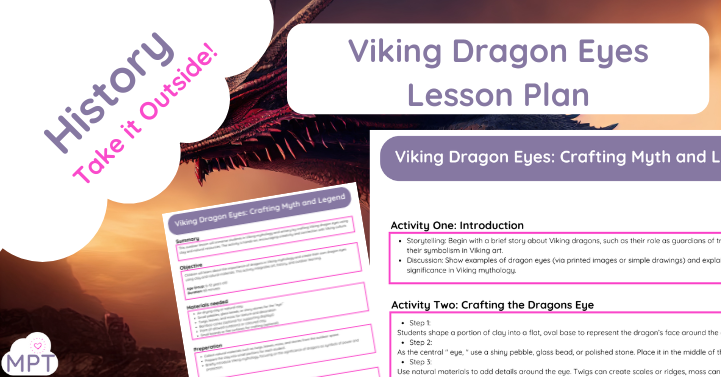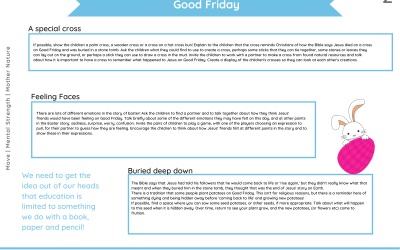Daily Outdoor Challenges EYFS Nature Theme! Let the Muddy Puddle Teachers help you with the lockdown and get free...
EYFS Trolls
Jan 6, 2021
EYFS Trolls Use Trolls EYFS to take positive power outside loud and proud! Time to shine 🙂 Like our Muddy ideas?...
EYFS VE Day
Jan 6, 2021
EYFS VE Day VE Day Family Pack How will I receive the resource? Once you have proceeded to checkout it will be...
EYFS Comprehension
Jan 6, 2021
The Easter Owl - eBook - EYFS - Ages 4-5 How will I receive the resource? Once you have proceeded to checkout it will...
EYFS All About Me
Jan 6, 2021
Exploring the "All About Me" Topic in Early Years Education The "All About Me" topic is a fundamental theme in early...
EY Easter Story
Jan 6, 2021
Early Years Easter Story In a nutshell: Taking the Easter Story outside may be just the inspiration you need to put an...
Outdoor Maths Continuous Provision Ideas
Jan 6, 2021
Outdoor Maths Continuous Provision In a nutshell: Trying to make continuous provision areas that are maths related can...
Early Years World Book Day
Jan 6, 2021
Early Years World Book Day In a nutshell: Use Muddy World Book Day Ideas pack to get activities and learning outside....
Early Years Signs of Spring
Jan 6, 2021
Early Years Signs of Spring In a nutshell: Want some fresh ideas on how to take Signs of Spring outside the muddy way?...
Early Years Easter Story
Jan 6, 2021
Early Years Easter Story In a nutshell: Why not try Outdoor Learning Easter Story Pack for EYFS. Gain inspiration on...
Outdoor Learning Comprehension: Fred the Lonely Cloud (eBook)
Jan 6, 2021
eBook Fred the Lonely Cloud PSHE : Outdoor Learning Comprehension Use eBook Fred the Lonely Cloud PSHE to help your...
Gardening Therapy
Jan 6, 2021
Gardening Therapy Use Gardening Therapy to help the therapeutic magic of nature calm emotions and strengthen...
Pine Cones Bird Feeders
Jan 6, 2021
Pine Cone Feeders In a nutshell: Use Pine Cones Feeders to help support the learning at home through using natural,...
(Outdoor eBook)Board Game Doubling to 10
Jan 6, 2021
(Outdoor eBook)Board Game Doubling to 10 Use Board Game Doubling to 10 to take doubles outside, in the fresh air...
Outdoor eBook -KS1 Comprehension Florence
Jan 6, 2021
Outdoor eBook -KS1 Comprehension Florence Use KS1 Comprehension Florence eBooks to take comprehension outside making...
Phase Two Phonics Planning (Outdoors)
Dec 30, 2020
Teaching Phase Two Phonics Outdoors: Engaging Children in Early Literacy Teaching phonics is a crucial step in early...
Habitats
Dec 30, 2020
Use Habitats ideas pack to help you get your class hands-on with this area of Science this year. Teaching this kind...
Nativity Ideas Pack (Take it Outside!)
Dec 9, 2020
Use Nativity ideas pack to use natural resources and take the learning of this area outside. There is something...
New In

50 Outdoor Christmas Activities Early Years

Christmas Nature Art Activities KS2

Viking Dragon Eyes Lesson Plan

Vikings Lesson Ideas Pack

Outdoor Ideas for Young Minds (Mindful)

Rounding to Check Answers Year 5

Rounding Up Year 5

5 Outdoor Sensory Circuits Ideas

5 Outdoor Sensory Gym Ideas



















